AO Edited
Frederick Douglass Mural
A building-sized painting of the renowned 19th-century American abolitionist.
To commemorate Black History Month in Britain, a mural of Frederick Douglass was unveiled prior to October 2020. The black and white painting was the work of a local graffiti artist who goes by the moniker of @TrenchOne. But why would an artwork celebrating an American statesman appear in the capital of Scotland?
The illustration is located a stone’s throw away from the Union Canal. During the 1840s, the world-renowned social reformer, who would go on to become known as “Scotland’s anti-slavery agent”, took up residence just a couple of doors down at 33 Gilmore Place. A few years earlier, he had escaped enslavement in Maryland and was now on a legal crusade sponsored by the American-Anti-Slavery Society to campaign against the enslavement of people.
Over the next few years, he would cross the United Kingdom and Ireland giving lectures to promote the end of slavery. Douglass visited the city of Edinburgh on numerous occasions during this time. His talks were always well attended with numbers in the thousands. After one particularly rousing speech given at The Assembly Rooms in The New Town, the mantra, “send back the blood-stained money!” was adopted.
This phrase was in reference to the Free Church of Scotland receiving donations from slave-owning plantations in America. This rallying cry became so popular that it was suggested that it be carved onto the rocks of Salisbury Craigs in Holyrood Park. Douglass continued to tour the country throughout the 1840s, he later took residence at Gilmore Place and it acted as a base of operations.
After his emancipation, he had his surname changed from Bailey to Douglass to commemorate his newfound freedom, and to pay homage to his time spent in Scotland. The name Douglass came from a character in Scottish writer Walter Scott’s novel “The Lady of the Lake.”
He had this to say about the city:
“You will perceive that I am now in Edinburgh. It is the capital of Scotland, and is justly regarded as one of the most beautiful cities in Europe. I never saw one with which for beauty elegance and grandeur to compare it. I have no time even had I the ability to describe it. The Monument to Sir Walter Scott, on Princes Street is just one conglomeration of architectural beauties. The Calton Hill, Salisbury Craggs and Arthur Seat give the city advantages over any city I have ever visited in this or in your country. I enjoy every thing here which may be enjoyed by those of a paler hue—no distinction here. I have found myself in the society of the Combes, the Crowe’s and the Chamber’s, the first people of this city and no one seemed alarmed by my presence.”
Know Before You Go
The mural is visible and accessible at all times of the day and 33 Gilmore Place is less than a five-minute walk away. The plaque is located above the door of this private residence.
The Assembly Rooms can be found at 54 George in the New Town. This is a performance venue, when in operation, the lobby is open to the public and contains many pictures, and provides informational material on the building's history.
Community Contributors
Added by
Edited by
Plan Your Trip
The Atlas Obscura Podcast is Back!



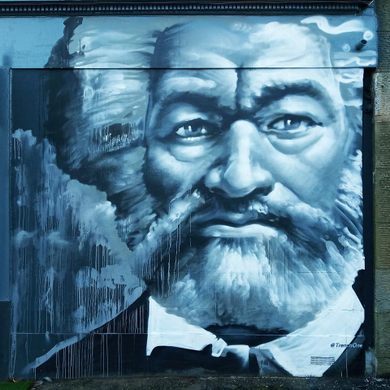
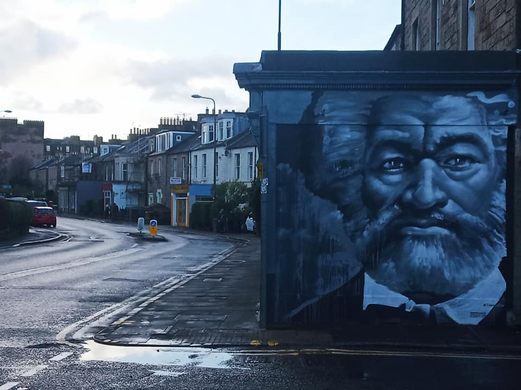
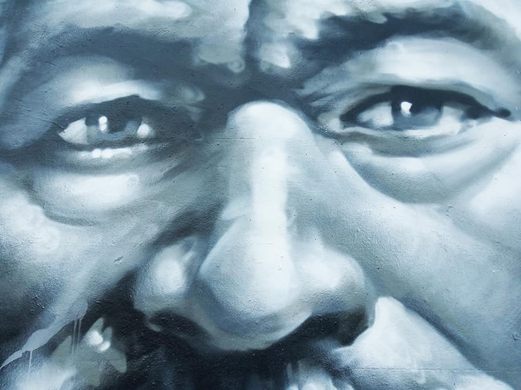
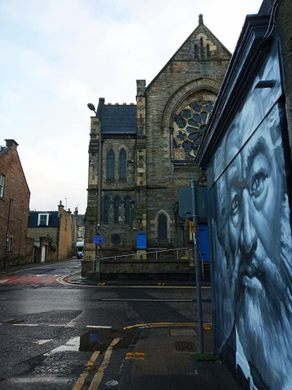

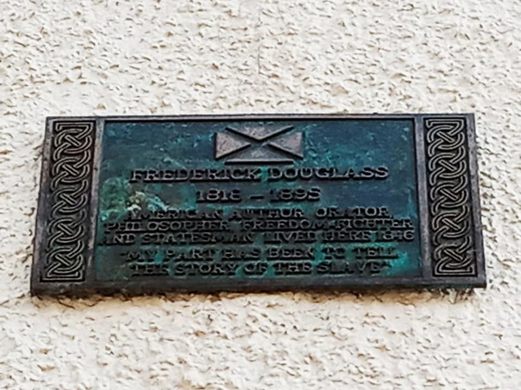
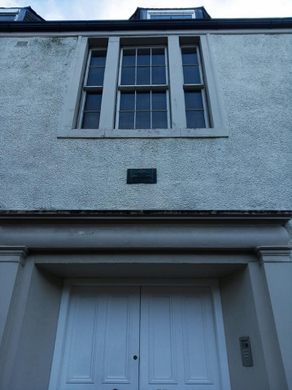
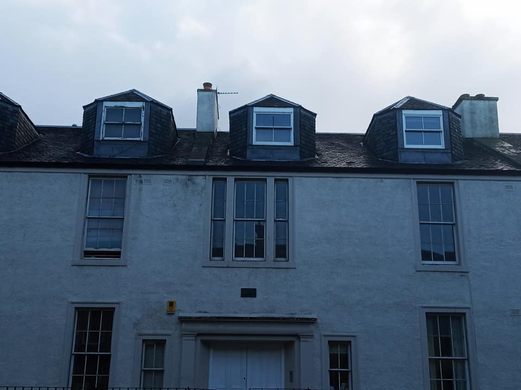


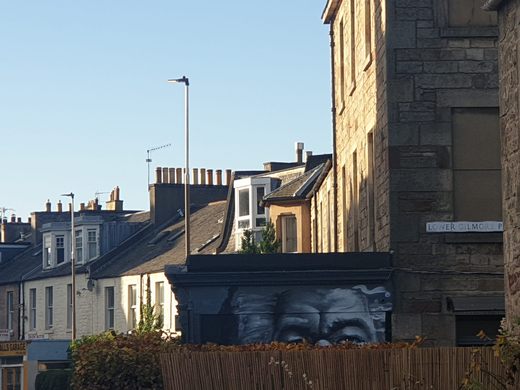








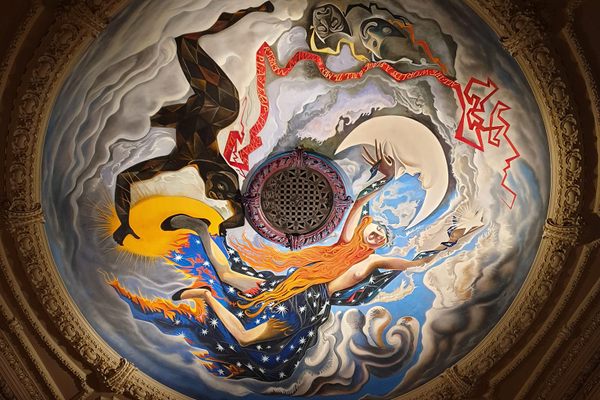

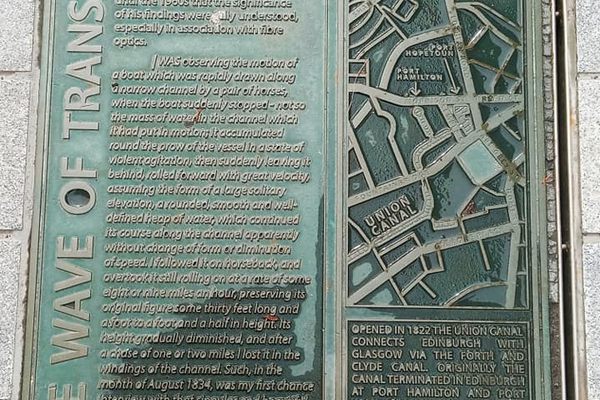
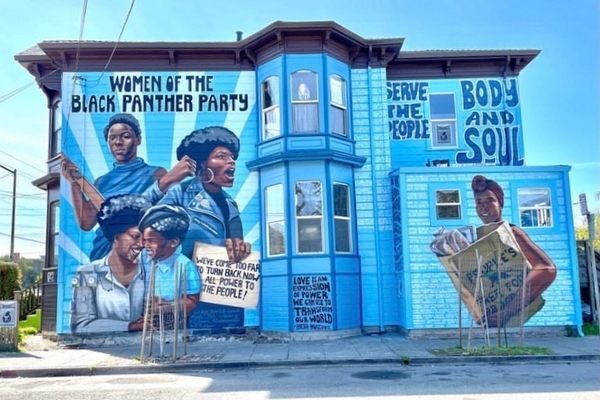






Follow us on Twitter to get the latest on the world's hidden wonders.
Like us on Facebook to get the latest on the world's hidden wonders.
Follow us on Twitter Like us on Facebook